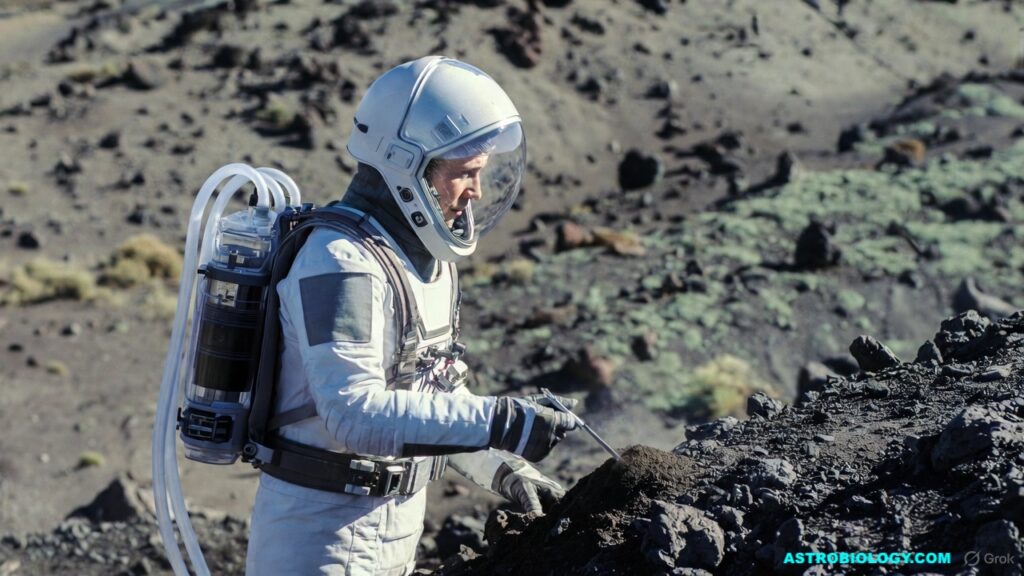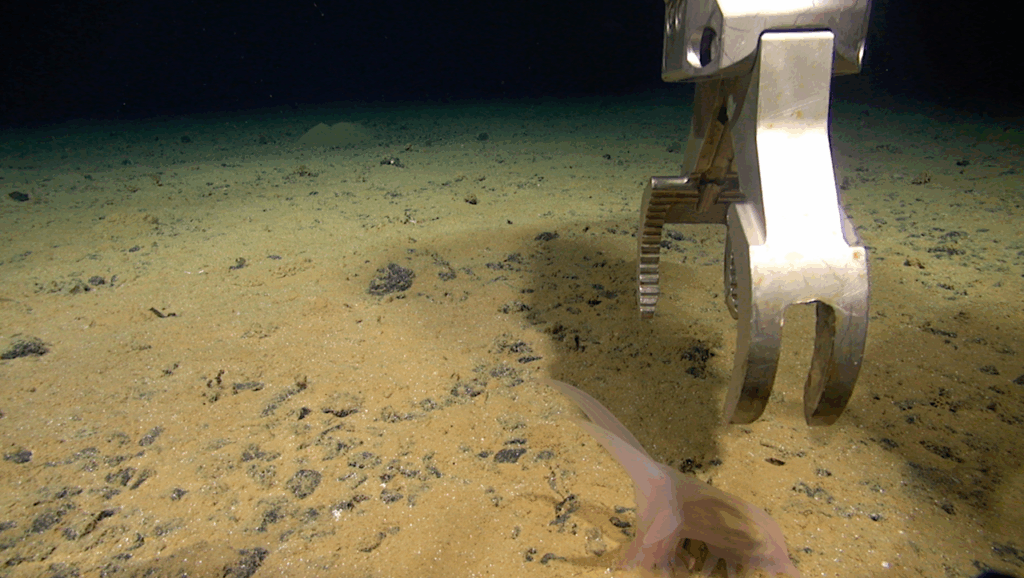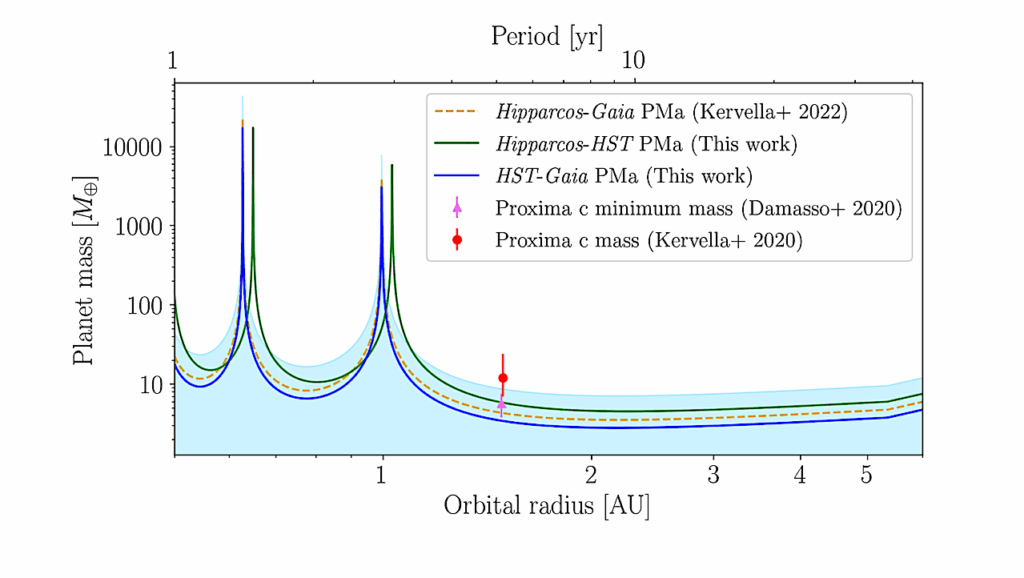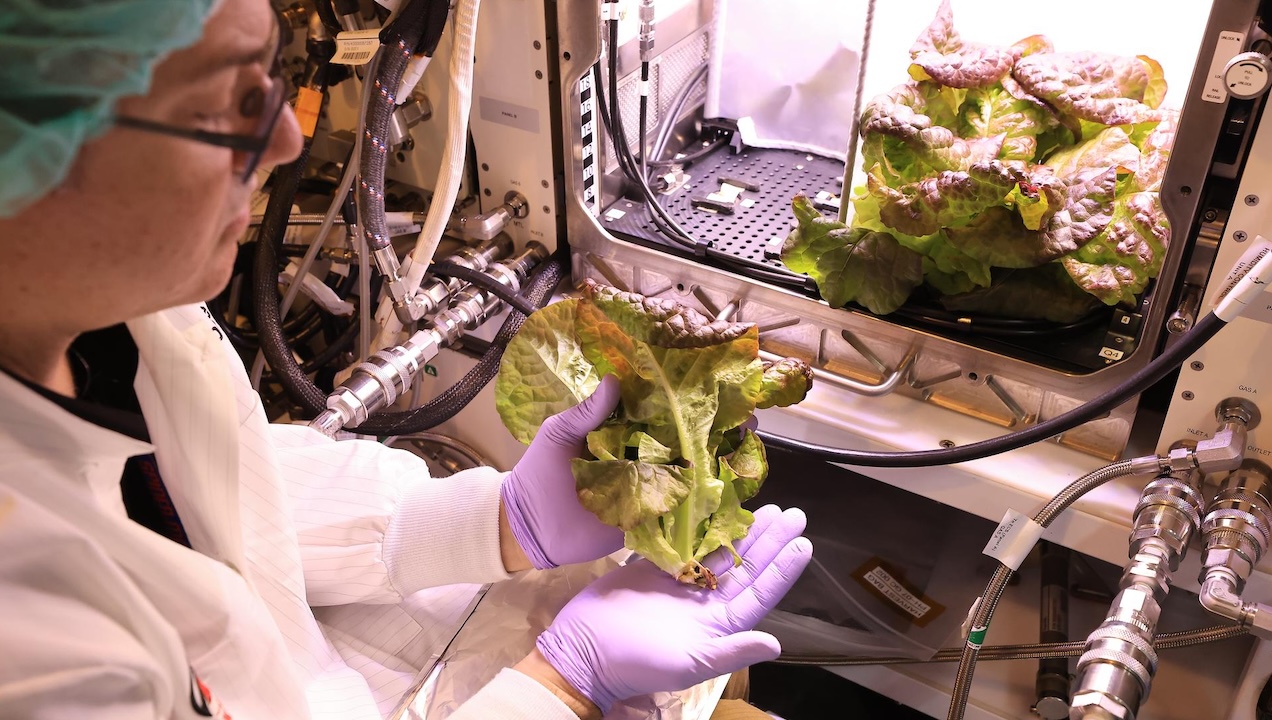Now Reading: The Chemical Enrichment Histories Across The Milky Way Disk
-
01
The Chemical Enrichment Histories Across The Milky Way Disk
The Chemical Enrichment Histories Across The Milky Way Disk
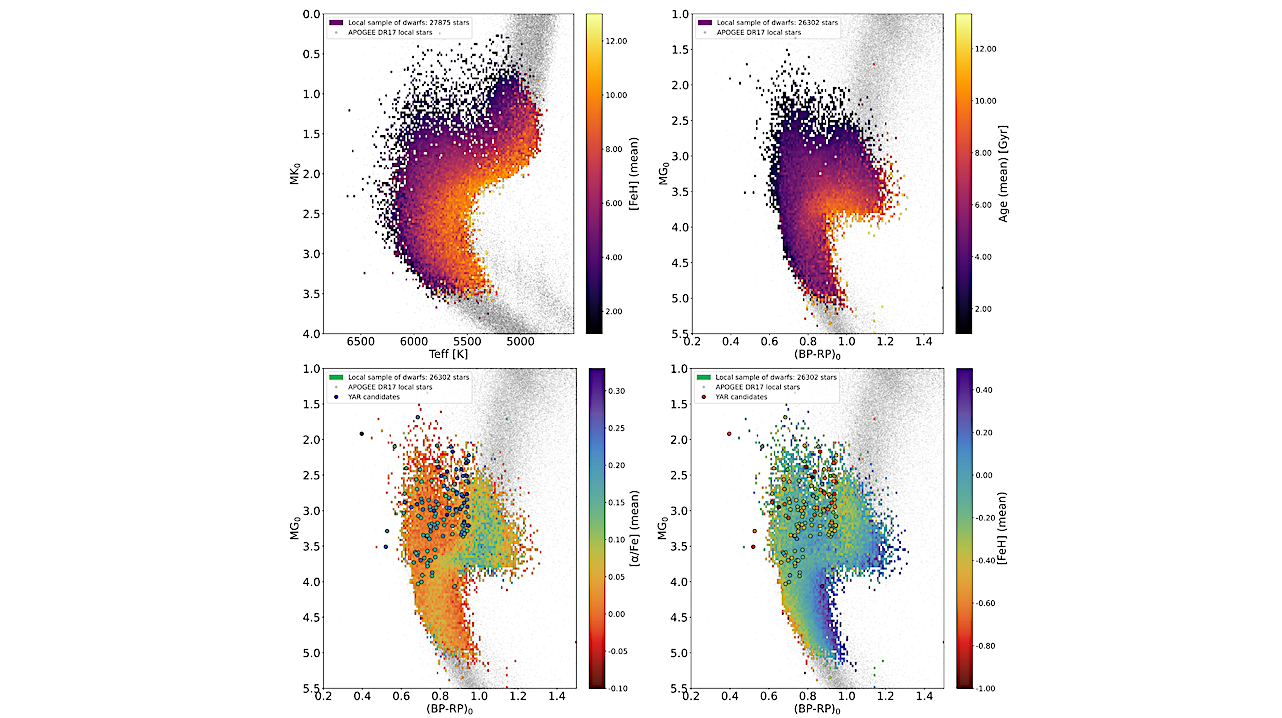

MK0 − Teff plane (upper left left) and Gaia photometry color-magnitude diagram (upper right, bottom left and bottom right) for stars in APOGEE DR17. The local sample of dwarfs is highlighted by the color-code in age (upper panels) [α/Fe] (bottom left) and [Fe/H] (bottom right), while the rest of the stars (within 2 kpc from the Sun) is under plotted in gray. In the bottom panels we additionally over-plot young alpha-rich candidates we find in our sample (see Section 3). The details about the correction for reddening and extinction of the 2MASS and Gaia photometry are given in the text. — astro-ph.GA
The variation of metal production over time and its dilution in the interstellar medium depend on the star formation and gas accretion rates.
Measuring age-chemistry relations across the Milky Way disk provides key constraints on the gas accretion and star formation histories, and offers insight into the birth locations of stars.
We present a study based on a sample of nearly 30000 dwarf stars from the APOGEE DR17 survey within 2 kpc of the Sun, for which we measure accurate ages. Various parameter combinations are tested to optimize stellar age determination from isochrones. The resulting age-chemistry relations for a selected subsample of 12000 stars are interpreted with the aid of a chemical evolution model. The data reveal a well-defined, tight thick disk sequence, characterized by high [alpha/Fe], subsolar metallicities, and ages older than 8 Gyr.
The thin disk, with lower [alpha/Fe] and younger ages, exhibits a wide spread in metallicity at all ages, with apparent structures. Dividing the sample by guiding radius into inner, intermediate, and outer disks shows distinct chemical evolution patterns. The inner disk displays a monotonic, homogeneous chemical evolution with little dispersion, while the outer disk shows little metallicity increase over the past 8 Gyr.
The solar neighborhood appears as a mixture, not only due to stellar migration but also because the chemical evolution of the ISM in this intermediate region results from the mixing of gas from the inner and outer disks.
In particular, we demonstrate that the solar vicinity experienced a decrease in the mean ISM metallicity 7-9 Gyr ago. A plausible explanation involves a radial inflow of lower-metallicity gas from the outer disk at that time, which diluted the gas leftover by the thick disk formation, contributing to the observed metallicity gradient in the intermediate region.
Valeria Cerqui, Misha Haywood, Owain Snaith, Paola Di Matteo, Laia Casamiquela
Comments: Revised version submitted to A&A
Subjects: Astrophysics of Galaxies (astro-ph.GA)
Cite as: arXiv:2504.20160 [astro-ph.GA] (or arXiv:2504.20160v1 [astro-ph.GA] for this version)
https://doi.org/10.48550/arXiv.2504.20160
Focus to learn more
Submission history
From: Valeria Cerqui
[v1] Mon, 28 Apr 2025 18:02:51 UTC (23,293 KB)
https://arxiv.org/abs/2504.20160
Astrobiology,
Stay Informed With the Latest & Most Important News
Previous Post
Next Post
-
 012024 in Review: Highlights from NASA in Silicon Valley
012024 in Review: Highlights from NASA in Silicon Valley -
 02Panasonic Leica Summilux DG 15mm f/1.7 ASPH review
02Panasonic Leica Summilux DG 15mm f/1.7 ASPH review -
 03From Polymerization-Enabled Folding and Assembly to Chemical Evolution: Key Processes for Emergence of Functional Polymers in the Origin of Life
03From Polymerization-Enabled Folding and Assembly to Chemical Evolution: Key Processes for Emergence of Functional Polymers in the Origin of Life -
 04How New NASA, India Earth Satellite NISAR Will See Earth
04How New NASA, India Earth Satellite NISAR Will See Earth -
 05And Thus Begins A New Year For Life On Earth
05And Thus Begins A New Year For Life On Earth -
 06Astronomy Activation Ambassadors: A New Era
06Astronomy Activation Ambassadors: A New Era -
07SpaceX launch surge helps set new global launch record in 2024












